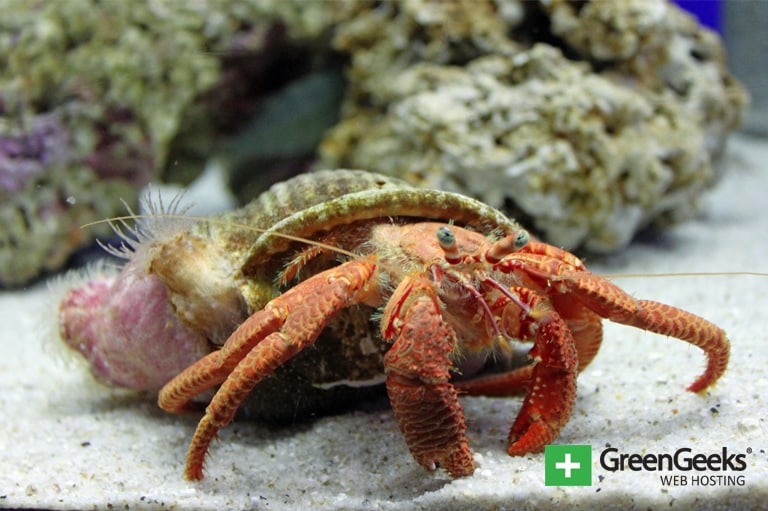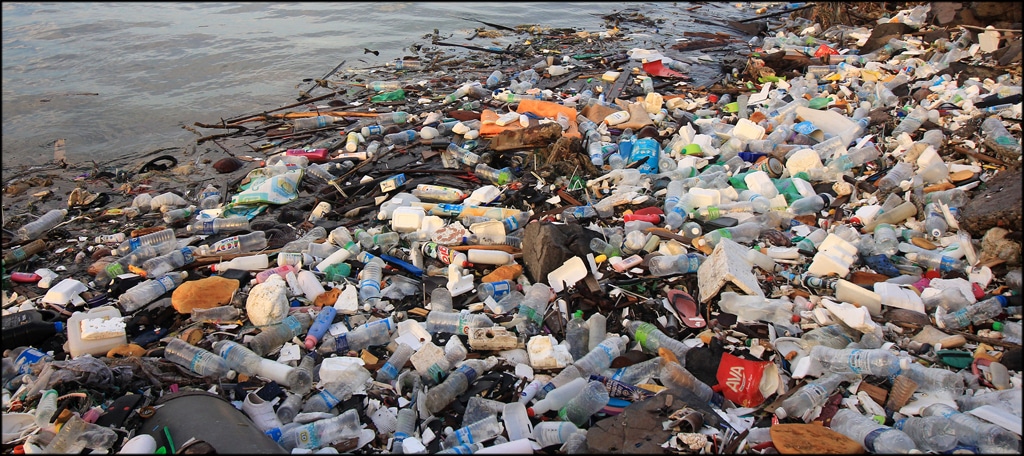
A new study by the University of Tasmania has estimated that over 500,000 crustaceans have died on Cocos Islands. These deaths come as a direct result of the plastic pollution located on the island, which impacted hermit crabs the most.
Hermit crabs are not born with shells of their own. Instead, they just find a suitably sized shell to protect their bodies. Unfortunately, they are mistaking plastic containers as shells.
On top of this, the plastic containers are making it difficult to navigate the beaches. This has resulted in many crustaceans getting trapped in containers such as old plastic buckets.
Researchers found up to two dead crabers per square meter that were trapped in plastic debris.
Tricked by Instincts
What makes hermit crabs extremely vulnerable is their instincts.
Every time a hermit crab dies, they release a chemical that attracts other hermit crabs to their location. This is so the other hermit crabs could take the shell for themselves.
However, in this case, the chemical would only lead them to a plastic shell or a container that had trapped the previous hermit crab. This resulted in a horrific chain of events.
A Serious Impact On the Environment
Hermit crabs are very important to the ecosystem they belong too.
They fertilize and aerate (poke small holes into the ground) the soil. On top of this, they also remove detritus or dead organic material from the area.
A significant drop in their population will have a serious impact on the tropical ecosystem.
Plastic Pollution Is Out of Control

This is yet another example of the impact of plastic pollution around the world. The list continues to grow, yet the problem only worsens.
While plenty of companies are trying to reduce plastic usages, it is not quick enough and more importantly, does not remove the plastic that is already in our world.

